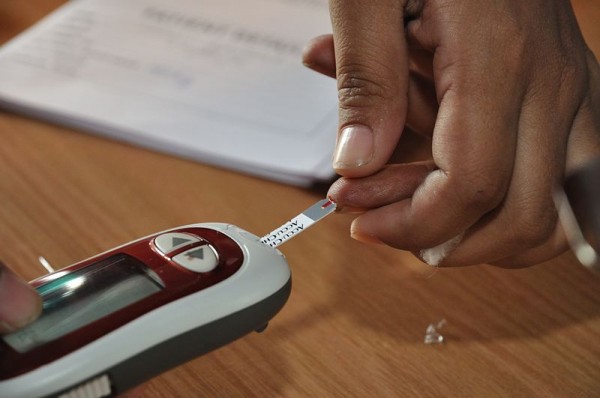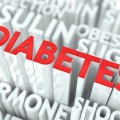New Food Labels Aim To Improve Your Eating Habits
By Staci Gulbin, MS, MEd, RD, LDN
Knowing what is in your food is an important part of your healthy meal plan. When you start a new eating plan, you may read labels very carefully and prepare most of the foods you eat to take better care of what is going in your body. It is best not to look for facts on the front packaging of foods. You often find there advertising buzz words that encourage you to buy the product. But the knowledge these labels give you can confuse. However, the Nutrition Facts label on the back, side or top of the package, give you the exact nutritional facts for one serving. The Food and Drug Administration (FDA) has just suggested a new nutrition label that is going to better help you choose the healthiest foods for yourself and your families.
What is a food label?
When you go shopping, all of the food items swirling around you can make you confused about the healthy choices. Fruits, veggies, lean meats, and low-fat dairy products are easy to recognize as healthy choices. Boxed, canned, jarred, and frozen products may be hard to compare unless you have a way to know what is inside such foods. But what about prepared foods in boxes, cans, jars, bags and frozen packages? The food labels list the major nutrients and vitamins the product contains.
The major nutrients found on food labels are:
- Calories: a unit used to measure the energy value of foods.
- Fat: a calorie-rich energy source stored in the body. It comes in saturated and unsaturated forms.
- Saturated fat: can increase heart disease risk by causing plaques in blood vessels. It is found in high-fat foods, whole milk products, fatty cuts of meat, fried foods, pastries and baked goods, fast foods and many other prepared foods.
- Unsaturated fat: poly-unsaturated and mono-unsaturated fats are names of fats that are “healthy” for your heart. They are, found in nuts, oils and avocado.
- Protein: a nutrient found in animal products, beans, nuts, and seeds that helps to replace proteins broken down in the body by daily wear-and-tear. These proteins help keep the tissues, organs, and body systems running smoothly.
- Sodium: a mineral that needs to be limited to keep blood pressure levels under care.
- Carbohydrates: the main source of energy for the body.
- Fiber: a type of carbohydrate that helps improve digestion and elimination. It is found in healthy starches like fruits, and in veggies and whole grains.
- Sugar: It is found in its natural form in fruits, veggies, and milk. In its processed form it is found in white sugar, sugary drinks, candy, as well as in processed sauces, sugary cereals, and other sweetened food products.
How do I read a food label?
Start reading a food label with the serving size. This tells you how much of the food the label describes. Try to limit saturated fat, sodium, and added sugar, but increase your intake of protein, fiber, and healthy unsaturated fats.
What is different on the new food label?
The new food label suggested by the FDA focuses on the total calories and added sugar per serving size, and on the amount of added sugars in foods. Experts believe that an increased focus on such basic health facts, will make it easier for you to make healthy choices for yourself and your family. Cut your calories and added sugar intake to make a great start on the road to healthy eating.













